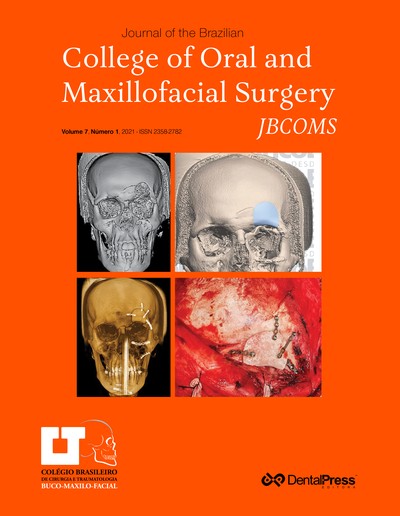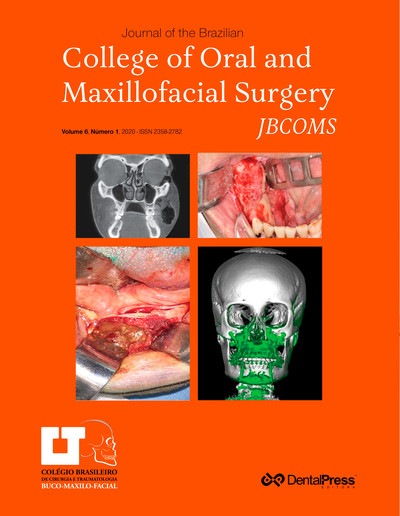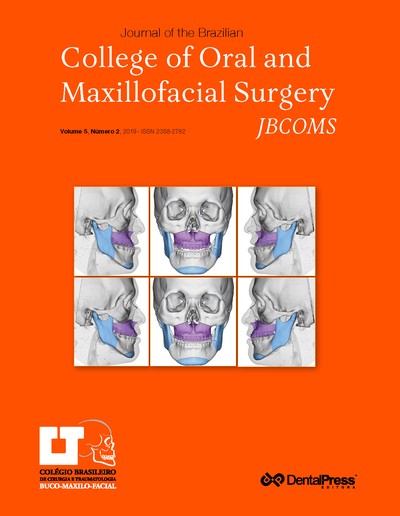
Intraoral scanning in the virtual planning for orthognathic surgery: case report
Flávio Wellington da Silva Ferraz, Daiane Betiatto, Thaís Samarina Sousa Lopes Mello, José Benedito Dias Lemos
The protocol for surgical virtual planning in orthognathic surgery requires the replacement of teeth from the computed tomography (CT) by the teeth of the digitized plaster models, aiming at the fabrication of a composite skull. In the classic protocols, the plaster models are scanned in a three-dimensional surface optical scanner or scanned by means of CT. With the development of the intraoral optical scanner, the possibility of using this method for surgical planning was considered, dispensing the plaster models. However, there are two main issues: the precision of the transversal dimension and a way to obtain the final occlusion virtually. Thus, the present article aims to present a clinical case of Class III dentofacial deformity due to anteroposterior atresia of the maxilla and mandibular laterognatism, in which intraoral scanning was used to replace the teeth in the skull, aiming at obtaining the composite skull. The final occlusion was achieved by moving and color mapping of the virtual models, and making the surgical guides. The adaptation of the surgical guides occurred without adjustment, and the final clinical occlusion was within the standards, showing good accuracy of the protocol.
Keywords: Orthognathic surgery. Maxillomandibular abnormalities. X-ray computed tomography.
How to cite: Ferraz FWS, Betiatto D, Mello TSSL, Lemos JBD. Intraoral scanning in the virtual planning for orthognathic surgery: case report. J Braz Coll Oral Maxillofac Surg. 2019 May-Aug;5(2):44-50. DOI: https://doi.org/10.14436/2358-2782.5.2.044-050.oar
Monday, May 13, 2024 03:34










